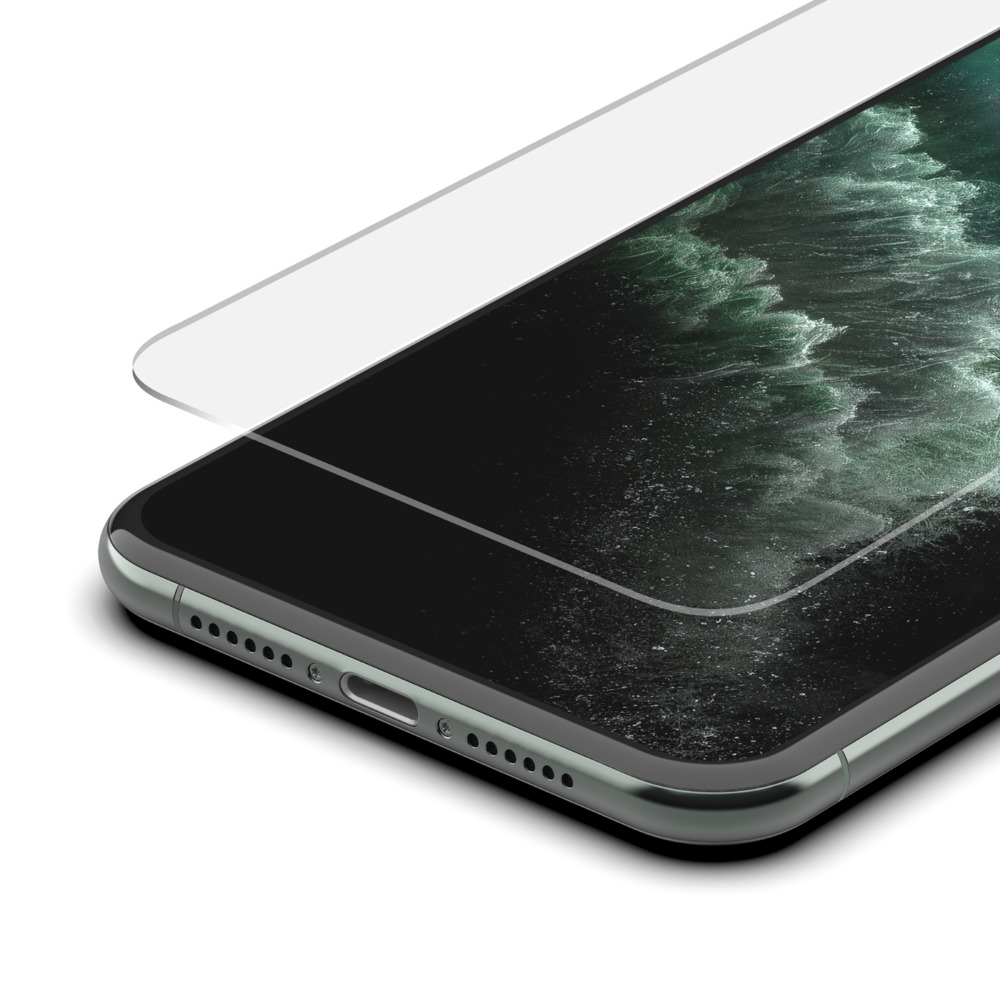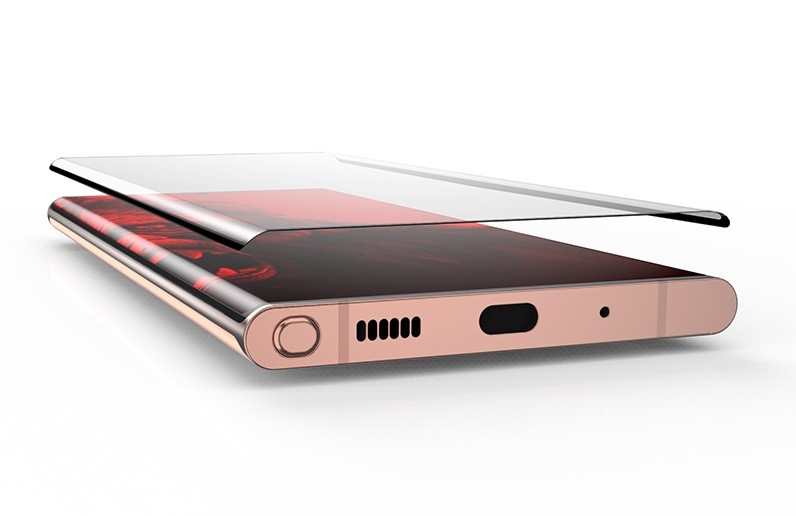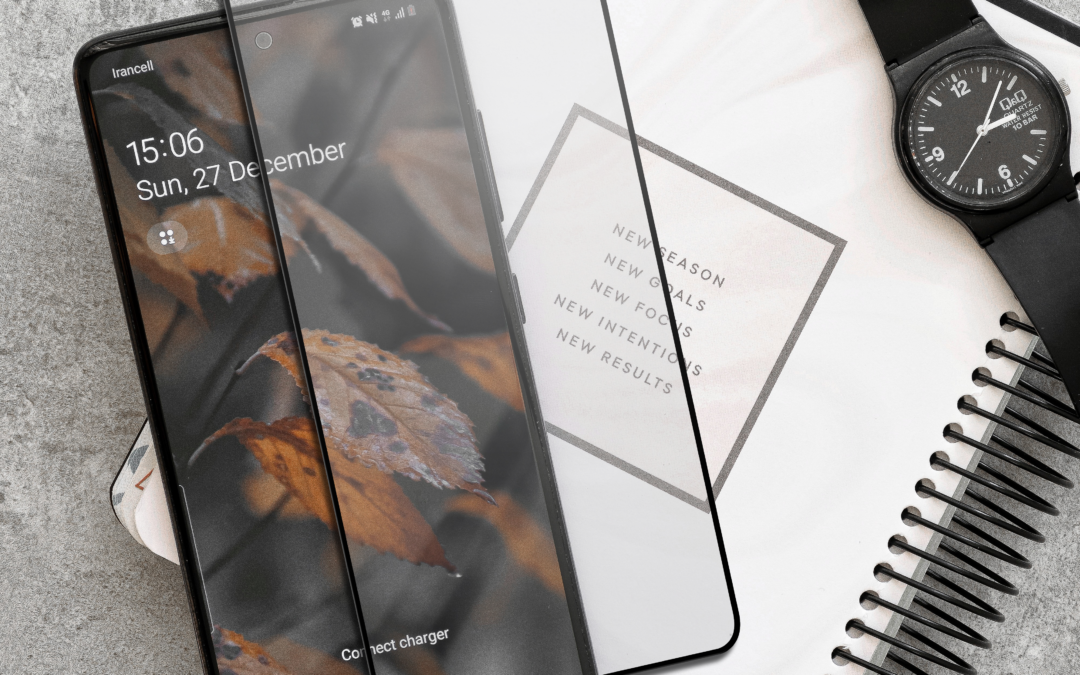The screen protector is an accessory developing along with smart phone. The screen surface of early smart phones (to be precise, the protective glass above the screen panel) is flat. It is also a so-called “2D” screen (glass), the frame is parallel, or the screen is wrapped in the frame.
The tempered glass of the mobile phone launched at the same time is also called 2D. The attribute “2D” is similar to the “2D” of mobile phone display, the edge of the tempered glass is a 90-degree right angle, like ordinary glass, there is no treatment on edge, so it is sharp in edge, obviously, this kind of 2D tempered glass has a bad touch feeling in edge, it might be easily to cut finger, user experience is quite bad. 2D tempered glass has been eliminated from the market.
2.5D tempered glass is an upgrade version of 2D screen protector
As shown in the figure above, the 2.5D tempered glass is an upgraded version of the 2D tempered glass. In fact, the 2.5D tempered glass is still closely related to the development of the mobile phone display. In 2014, with the launch of iPhone 6, a product called” “2.5D water drop display” has gradually become the mainstream of the market (iPhone 6 is not the first to launch 2.5D display, but it has the most far-reaching impact).

Compared with 2D screen, 2.5D screen is often slightly higher than the frame, and the edges of the screen are designed with a curved shape, which looks like water droplets floating on the surface of the fuselage from the side. In the tempered glass industry, “2. رهانات كرة القدم 5D” has also been introduced, just like the 2.5D mobile phone display, the 2.5D screen is flat, but the edge is curved, edges of the 2.5D tempered glass are smooth polished, hand feeling are much better, and it looks gorgeous, high-end, 2.5D tempered film is the current market mainstream.
3D tempered glass is for curved display
The 3D tempered glass is still related to the evolution of mobile phone displays. Also in 2014, Samsung pushed the phone screen to the “3D” era through the Galaxy Note Edge, which greatly curved the right side of the screen to present a visual effect like a 3D curved surface.

If you are looking for mobile phone tempered glass, you may find that many temperate glass providers mark their tempered glass with a label of 4D, 5D, 9D, or even 12D, and there is no reasonable explanation on the product details page. What is the so-called 4D, 5D or even 12D, 20D mobile phone tempered glass? What is the definition?
You should have already gotten ideas about what a 2.5D or 3D tempered glass are through the explanations above in this article, we can understand the “D” here can be simply understood as referring to the dimensions. What the hell are these so-called 4D, 5D, and 9D? As a person who has been in the tempered glass industry for more 6 years, I can tell you directly that these are marketing tricks. لعبة الدمبلة The so-called 4D, 5D, 9D, or 12D don’t makes any sense so far since this are just names created by manufacturers, some manufacturers that want their products to be unique, 5d, 6d, 12D and even 20D are currently indistinguishable in essence. كازنو

